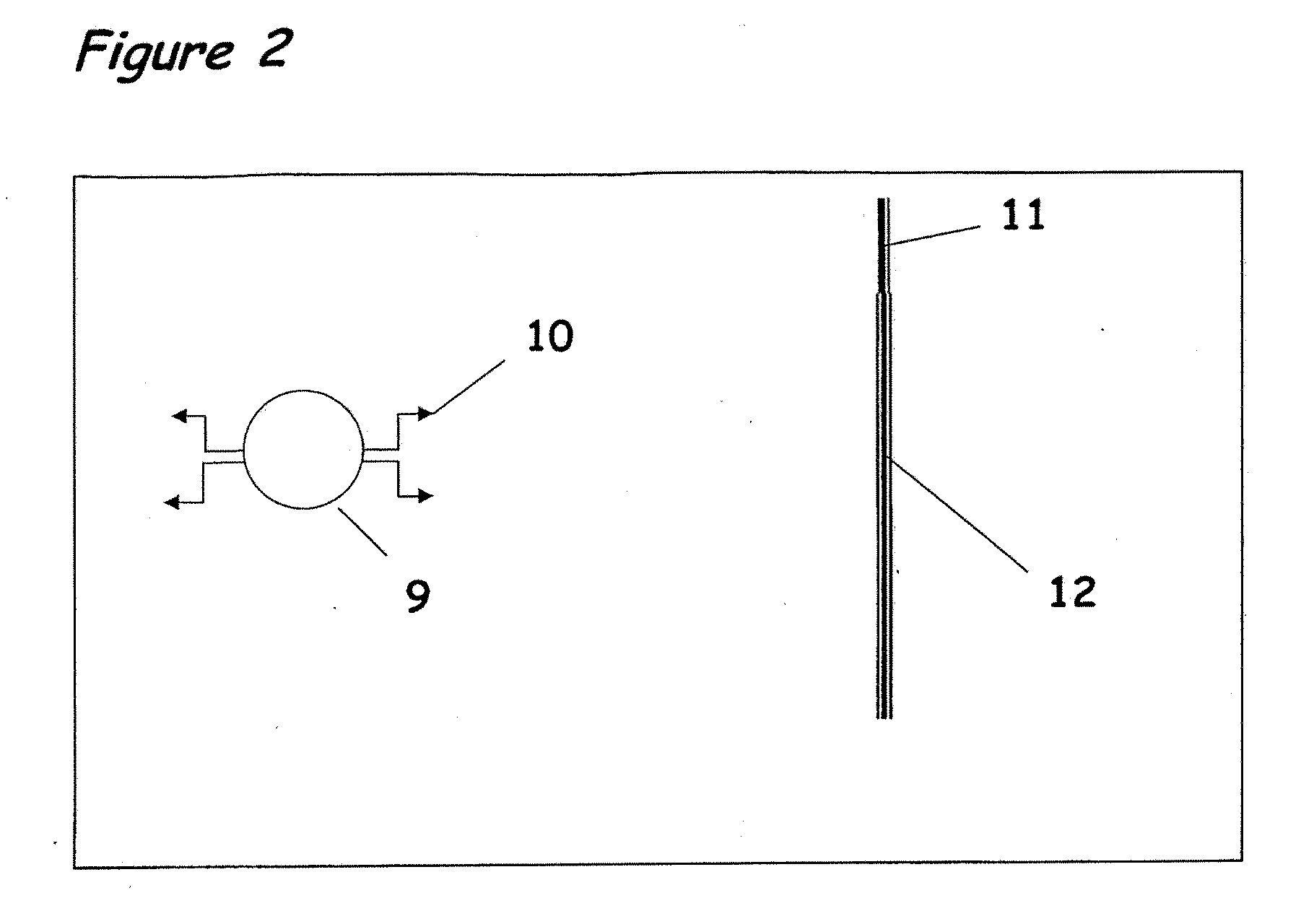Biometric diagnosis
a biometric and diagnostic method technology, applied in the direction of material analysis using wave/particle radiation, radiation diagnostic techniques, instruments, etc., can solve the problems of limited test, non-invasive test for neurological and neoplastic disorders, and no completely reliable results, and achieve the effect of low cos
- Summary
- Abstract
- Description
- Claims
- Application Information
AI Technical Summary
Benefits of technology
Problems solved by technology
Method used
Image
Examples
Embodiment Construction
[0028]Fibre diffraction requires samples containing numerous fibres which are arranged in a regular array of parallel planes. The greater the number of planes, the better will be the final patterns obtained.
[0029]At the microscopic level, skin is comprised of three layers. Of these the dermis is the middle layer and is also the thickest of the three layers (1.5 to 4 mm thick), making up approximately 90% of the thickness of the skin. The dermis is held together by a protein called collagen which is a tough, insoluble protein found throughout the connective tissues of the body. The lower, reticular layer of the dermis is thicker and made of thick collagen fibres that are aligned parallel to the surface of the skin, making it ideal for fibre diffraction.
[0030]Anatomically fingernails and toenails are made of hard α-keratin and are produced from living skin cells in the fingers and toes as a hard, curved plate. The free edge is the part of the nail that extends past the finger or toe, ...
PUM
 Login to View More
Login to View More Abstract
Description
Claims
Application Information
 Login to View More
Login to View More - R&D
- Intellectual Property
- Life Sciences
- Materials
- Tech Scout
- Unparalleled Data Quality
- Higher Quality Content
- 60% Fewer Hallucinations
Browse by: Latest US Patents, China's latest patents, Technical Efficacy Thesaurus, Application Domain, Technology Topic, Popular Technical Reports.
© 2025 PatSnap. All rights reserved.Legal|Privacy policy|Modern Slavery Act Transparency Statement|Sitemap|About US| Contact US: help@patsnap.com



